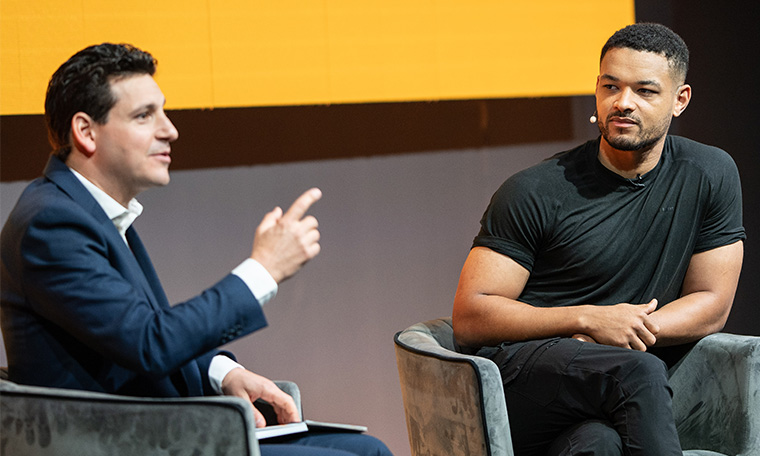Blockchain Technology: A New Approach to E-Waste Management

Electronic waste disposal, or e-waste, is a significant concern today. Data from 2014 until 2022 have estimated that there are about 420.3 million metric tons of e-waste globally, with only 17.4% collected and properly recycled.
With the rapid progression of technology and the decreasing lifespan of electronic products, e-waste management is becoming increasingly challenging daily. However, there is hope on the horizon with the emergence of innovative technologies, such as blockchain, which offers promising solutions to tackle this issue.
Revolutionizing E-Waste Management
Blockchain is a distributed ledger technology that allows for secure data record-keeping across multiple computers. It operates on a peer-to-peer network, with each computer (node) validating and verifying transactions. Once a transaction is confirmed, it’s added to the blockchain and cannot be altered or deleted.
With its decentralized and tamper-proof nature, blockchain offers various use cases, including ways to revolutionize e-waste management.
- Traceability and accountability: E-waste frequently passes through several intermediaries before reaching its final destination, making it challenging to trace. By keeping a traceable record of each electronic product, blockchain makes tracking and managing e-waste easier. It can store essential information such as the date of production, usage details, and the method of disposal, making it possible to hold those responsible for disposing of the e-waste accountable. With this technology, you can prevent illegal dumping and guarantee that the environment and human health are protected from the negative effects of e-waste.
- Incentivizing proper disposal: Private or public organizations can launch blockchain incentive programs to encourage responsible e-waste management. A token-based system can be implemented where people are awarded tokens for proper disposal of their e-waste. These tokens can be redeemed for various benefits, motivating people to dispose of their e-waste responsibly.
- Enhancing recycling efforts: Using blockchain technology can significantly improve recycling efforts by offering a stable platform for recording and tracking recycling data. This can help identify emerging recycling trends and implement effective strategies for e-waste management. Recycling activities can be monitored in real-time, ensuring greater accuracy in the entire recycling process.
- Data security: It’s crucial to delete all sensitive information from electronic devices before disposing of them. If this is not done correctly, it can increase the risk of potential data breaches. A secure blockchain platform is one way to ensure complete data erasure. This method guarantees that all the sensitive information is permanently deleted from the electronic devices, which can be safely recycled or disposed of.
The Future of Blockchain in E-Waste Management
Blockchain technology holds great promise in solving the issues found in e-waste management. Providing greater traceability, accountability, incentivization, and data security helps guarantee that e-waste is managed responsibly, with minimal impact on the environment and human health.
However, there is still much to be explored. More research and collaboration are needed between tech companies and waste management firms to uncover the full potential of this technology. Organizing or attending blockchain conferences and similar events can provide valuable insights into the latest innovations and how they can be applied to transform the e-waste management industry.
In time, all these efforts can pave the way to a more sustainable future.
Hear all about what will be covered at the London Blockchain Conference by Alex Stein, Conference Director, in the E-Mind podcast with Kary Oberbrunner.



